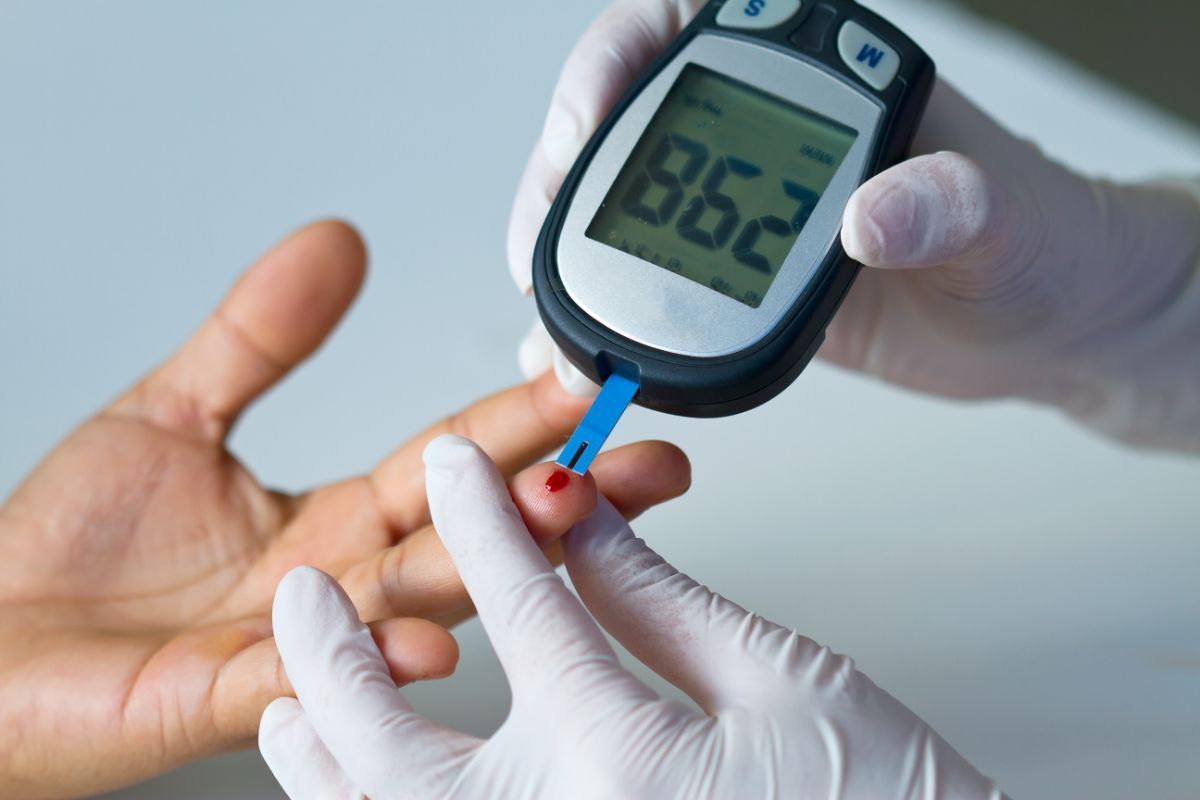Type 2 diabetes mellitus involves a complex diagnosis and requires complex care. Type 2 diabetes constitutes 90% of all diabetes. Diabetes burdens patients and society in the form of medical expenses, loss of income, premature death and non-material burdens in the form of decreased quality of life. Diabetes and its complications incur huge economic losses for diabetic patients and their families, the health system and the national economy through direct medical expenses, job loss and income. The American Diabetes Association stated that the total cost incurred for handling diabetes mellitus in 2017 was $ 327 billion, which consists of $ 237 billion in direct medical expenses and $ 90 billion due to a decreased productivity.
Patients with diabetes mellitus over the age of 45 are hospitalized for an average of 8.2 days. In patients with diabetes mellitus complications of peripheral arterial disease (PAD), the average length of treatment is 15 + 18.2 days. WHO estimates that globally, 422 million adults aged over 18 years were living with diabetes in 2014. The largest number of people with diabetes is estimated to come from Southeast Asia and the Western Pacific, with about half of the world’s diabetes cases. The prevalence of diabetes mellitus in Indonesia based on doctors’ diagnosis in a population of all ages in 2018 was 1.5% of the total population of Indonesia. In 2030, it is estimated that the number of people with diabetes mellitus in Indonesia is expected to reach 21.3 million.
The role of nurses as professionals in handling diabetes mellitus cases involves the provision of comprehensive, effective and quality nursing care. Nurses can perform nursing interventions based on identification of patient responses arising from the illness, which is expressed through nursing diagnoses. It is important to describe and identify precisely the nursing problems that arise in the patients. Identifying patient problems correctly can improve the quality of nursing assistance. However, sometimes nurses do not describe existing nursing problems using standard terminology. Nursing problems are one of the main components in nursing diagnoses and they describe the core of the clients’ response to their health conditions or life processes.
Identification of nursing problems in patients with diabetes mellitus using the Indonesian Nursing Diagnostic Standards (SDKI) terminology is needed to assist nurses in identifying nursing problems that arise in patients with diabetes mellitus. The purpose of this research is to determine the nursing problems according to the Indonesian Nursing Diagnostic Standards that appeared in patients with type 2 diabetes mellitus. Referring to the nursing problems in hospitalized diabetes mellitus patients, the problems most frequently found problems include the risk of infection, instability of patients’ blood glucose levels. and the risk of decreased cardiac output. Nursing problems were found to adequately describe the human response to diabetes mellitus as indicated by the research sample. The use of standard terminology when writing up the nursing problems is necessary for uniformity, to improve accuracy and to avoid ambiguity. The limitation of this research is that the data collection was carried out retrospectively, as the researcher did not have the opportunity to validate the data on the major signs and symptoms of nursing problems to the inpatients. The implication of this research is the necessity for assisting the nurse in identifying nursing problems that arise in patients with diabetes mellitus.
Authors: Wikan Purwihantoro Sudarmaji, Nursalam Nursalam, and Sartika Wulandari Details of this paper can be viewed at: https://e-journal.unair.ac.id/JNERS/article/view/20516





